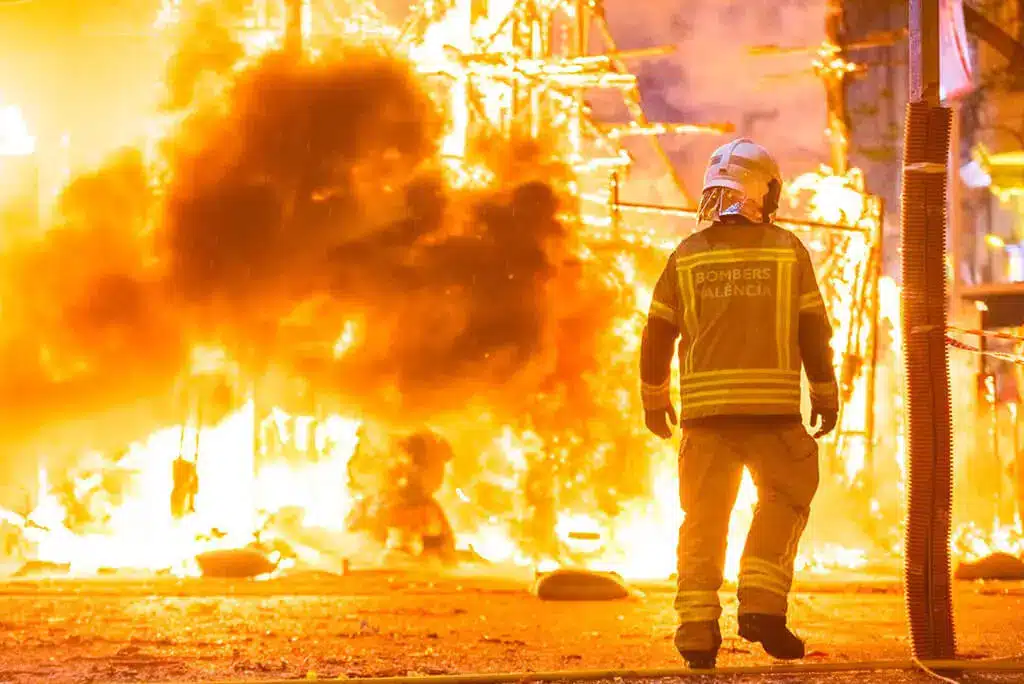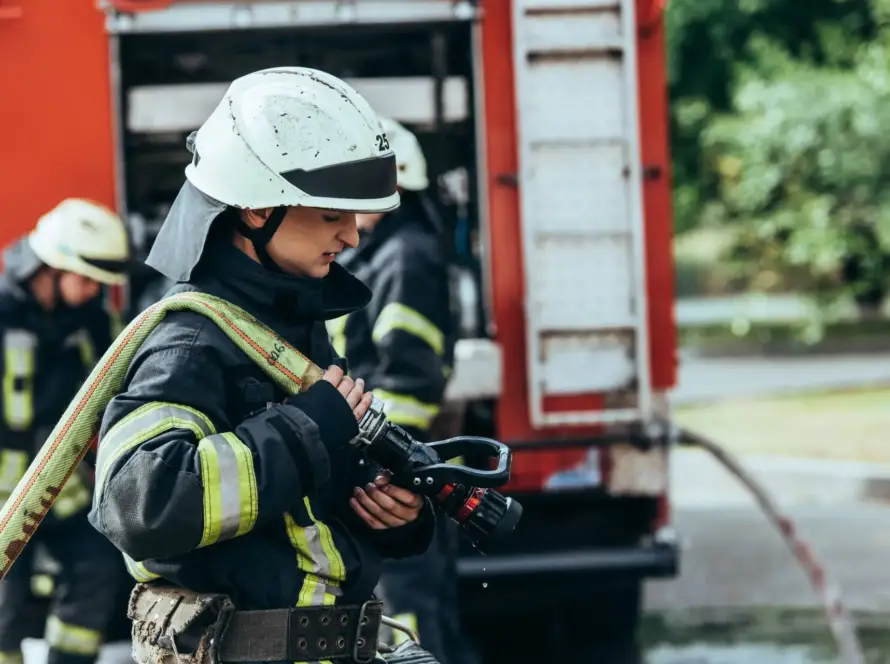If you manage a building in any capacity—whether as a business owner, property manager, or landlord—then fire safety is one of your legal responsibilities. It’s not something you get to set aside until it’s convenient. Fires don’t just damage property. They can cause serious injury or worse, and if you haven’t taken proper steps to assess and manage fire risk, the consequences can extend far beyond insurance claims.
A fire risk assessment is the starting point. But surprisingly, a lot of people still don’t fully understand what that means, or where their duties begin. Let’s walk through it.
What is a fire risk assessment?
A fire risk assessment is a structured look at how a fire could start in your building, how it might spread, and who could be affected. The goal is to find practical ways to reduce the likelihood of a fire and to make sure people can get out safely if one happens.
This isn’t just good practice—it’s the law. The Regulatory Reform (Fire Safety) Order 2005 makes it mandatory for nearly all non-domestic premises in the UK. That covers offices, warehouses, public buildings, commercial spaces, and shared areas in residential buildings like blocks of flats. A private home that only one family lives in doesn’t fall under this rule, but once you’re dealing with shared spaces or a business, the law applies.
Who’s responsibility is it to carry out the fire risk assessment?
The person in charge of fire safety is known under the law as the “responsible person.” That might sound vague, but the definition is clear. If you have control over the premises—whether that’s because you own it, lease it, manage it, or operate a business from it—then you’re likely the one legally responsible. Sometimes more than one person can hold this role, especially in buildings with multiple tenants. In those cases, cooperation between parties is expected.
Being the responsible person isn’t a formality. It comes with real, enforceable duties. You have to make sure risks are properly assessed, that any problems are dealt with, and that safety measures stay up to date. It also means staying alert to changes in how the building is used. If you renovate, bring in new equipment, or take on a new tenant, that can shift the risk profile, and the assessment needs to reflect that.
Failing to carry out these duties can lead to legal action. It’s not just about ticking boxes for compliance. It’s about preventing avoidable harm.
What must the responsible person do, and what are the legal requirements?
If you’re the responsible person, your main duty is to make sure fire risks are assessed and controlled. The law doesn’t just require an assessment to be done—it expects you to act on it. That includes making any necessary changes to improve safety across the premises.
You’re expected to maintain clear escape routes, ensure alarms and extinguishers are in working order, and make sure safety systems like emergency lighting and signage are regularly checked. If problems are found, they need to be addressed quickly and properly documented.
You’re also responsible for having a written emergency plan in place. This plan should cover evacuation procedures and clearly set out who does what during an incident. Everyone who works in the building needs to know the basics of this plan, and staff with specific roles will need extra training.
Keeping people informed is part of the job too. If there are particular risks on-site, staff or their representatives should be made aware. Changes to layout, occupancy, or operations that might affect fire safety should trigger a review of both the plan and staff training.
Lastly, all systems and procedures need to be maintained over time. That means booking regular servicing, logging checks, and making sure your fire safety measures are not just in place, but reliable.
What does a fire risk assessment involve?
A proper assessment usually follows five clear steps. Here’s how they work in real terms.
Step 1: Identify Fire Hazards
Think about what might start a fire in the building. That could be faulty electrics, open flames, or overheating machinery. Then consider what could make it worse. Flammable materials, cluttered storage areas, or poor ventilation all play a role. These risks aren’t always obvious—they might be hiding in storerooms or forgotten corners—but they matter.
Step 2: Identify Who Could Be Harmed
Not everyone in the building faces the same level of risk. Some people, like children, older adults, or those with limited mobility, may have more difficulty escaping quickly. Visitors unfamiliar with the building also need to be considered. The assessment should take these groups into account and make sure plans accommodate them.
Step 3: Evaluate and Reduce the Risk
Once you’ve identified the problems, work out what can be done to fix them. That might mean better housekeeping, new signage, or replacing old equipment. The goal isn’t to remove all risk, but to make sure it’s controlled to a safe level.
Step 4: Record What You’ve Done and Train Your Team
Keep a written record of everything you’ve found and what actions you’ve taken. This isn’t just for compliance—it’s also useful for tracking progress and making decisions in the future. Alongside that, create a fire plan and make sure your staff are trained on what to do in an emergency. The clearer your procedures are, the more likely people are to follow them when it matters.
Step 5: Review and Update the Assessment
Situations change, and so does fire risk. Maybe you’ve moved desks, added equipment, or taken on more staff. Any change in layout or operations could affect your fire plan. That’s why the assessment should be reviewed regularly—ideally once a year, or sooner if something major changes. Don’t wait for an incident to reveal a gap in your plan.
Need Help Getting Started?
If you’re unsure whether your fire risk assessment is up to scratch, or you’re starting from zero, it’s best to get advice from someone with experience. At Assets & Compliance Managed Services, we’ve worked with all kinds of buildings and businesses. Our team can walk you through the process and make sure everything is in place.
Fire safety doesn’t have to be complicated. But it does need to be taken seriously. A proper fire risk assessment isn’t just about legal compliance—it’s a practical way to keep people safe and prevent avoidable disasters.




